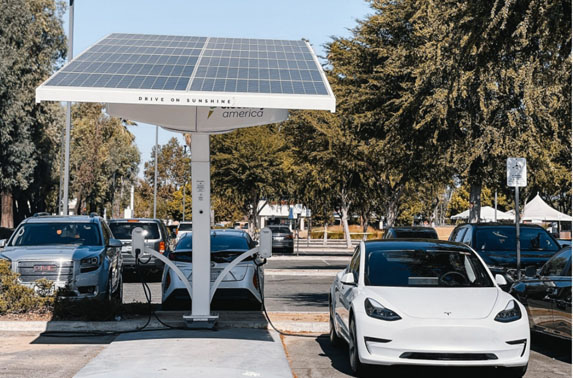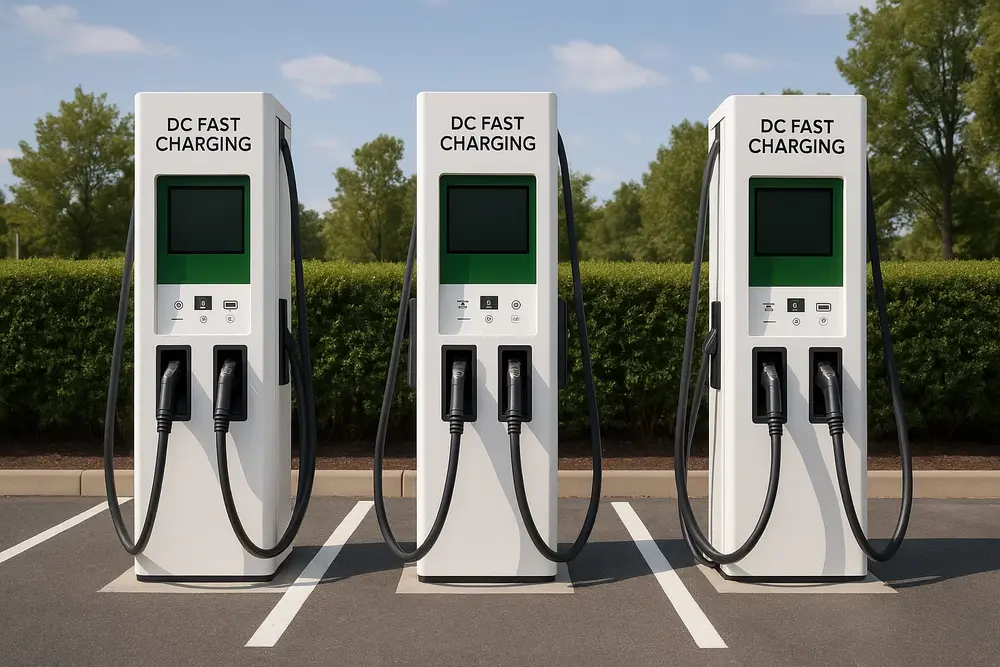
Products
Fast, Reliable, Everywhere

Solutions
Efficient, Innovative EV Charging Solutions.
News
We are committed to the innovation and application of EV charging.
In the realm of electrical engineering and power electronics, safety classifications are critical to the design, implementation, and regulation of power systems. Among these, the Class 2 power supply designation—established by the National Electrical Code (NEC)—plays a pivotal role in ensuring electrical safety in low-voltage systems. In this comprehensive article, we will examine Class 2 power supplies from a professional standpoint, exploring their definitions, technical characteristics, use cases, regulatory context, and future relevance in emerging technologies.
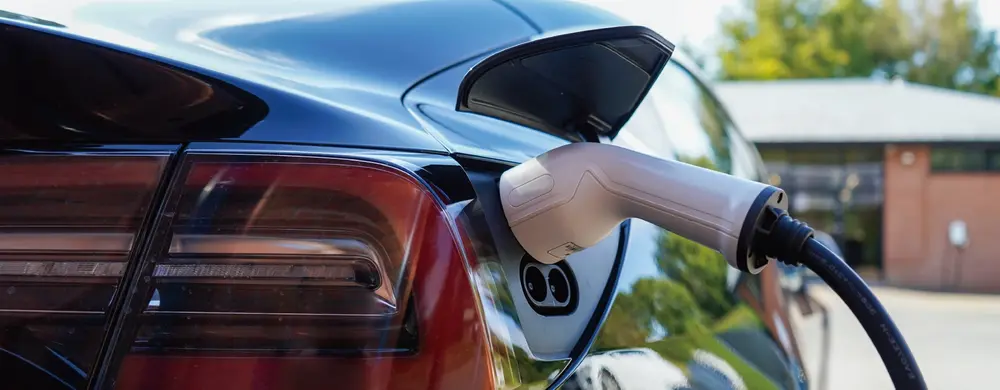
A Class 2 power supply, as defined by the NEC and UL 1310 standards, is a circuit or device that limits output voltage and current to levels that present minimal risk of electrical shock or fire. The core purpose of this classification is to ensure safety in environments where direct contact with live wiring might occur or where flammable materials are nearby.
The regulatory ceiling for Class 2 power supplies is:
UL 1310 applies to standalone power supplies, while UL 60950 (and the updated UL 62368) is used for information technology equipment. For a power supply to be certified as Class 2, it must pass stringent tests for fault conditions, overcurrent protection, and isolation.
By limiting power output, Class 2 systems reduce the risk of electrical fire or shock. This makes them ideal for applications in residential and commercial environments.
Class 2 power supplies often include built-in overcurrent protection, thermal shutdown, and short-circuit tolerance.
Many Class 2 power supplies are isolated, meaning the input and output are electrically separated, typically using a transformer. This enhances safety by reducing the risk of direct electrical contact.
Manufacturers must clearly label Class 2 certified products, and installers are required to follow specific wiring practices under NEC Article 725 (Class 2 and Class 3 Circuits).
Class 2 drivers are widely used in LED systems to ensure safe operation, especially in ceiling installations or confined spaces. Their low voltage output aligns with the operating needs of most LEDs.
Devices such as thermostats, HVAC controllers, security systems, and occupancy sensors frequently use Class 2 wiring for reliable, low-risk power distribution.
Class 2 power is used in intercoms, door access systems, and surveillance cameras. These systems often run for extended periods and benefit from the inherent safety of Class 2 designs.
NEC allows Class 2 circuits for powering certain fire alarm components, provided the components themselves meet regulatory constraints.
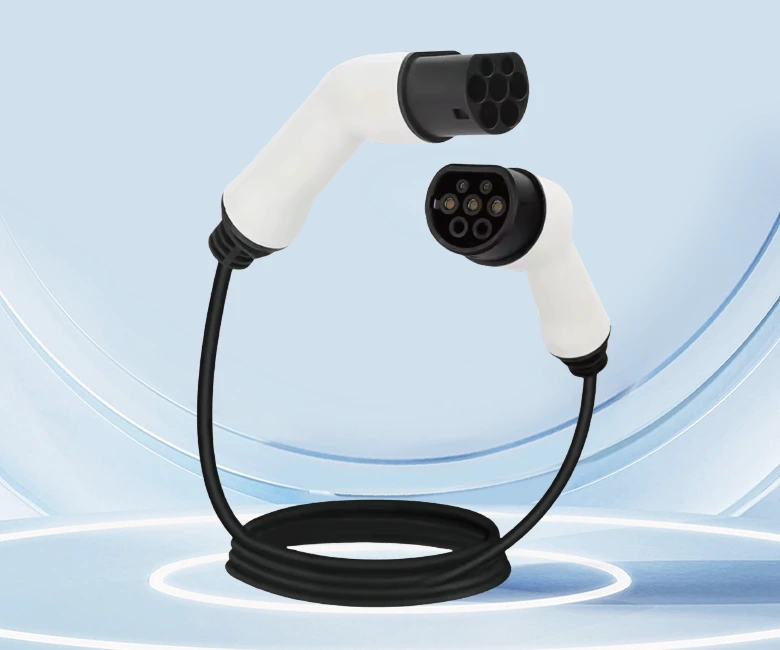
The main benefit is safety. Because Class 2 circuits are considered inherently safe, they don’t require conduit or other expensive protections—reducing both cost and installation complexity.
Systems built with Class 2 components often require less regulatory oversight. This makes them easier to deploy in institutional, commercial, and residential settings.
Lower installation costs, reduced insurance liabilities, and simpler maintenance all contribute to improved project economics.
The 100W limit restricts their use in high-power applications. Designers must balance the need for safety with sufficient power delivery.
Low-voltage circuits are prone to voltage drop, especially over long distances. Engineers must carefully calculate wire gauges and consider the use of constant voltage regulators.
Although power is limited, enclosed installations may still face thermal challenges. Proper heat sinking and airflow design remain critical.
Choosing between Class 1 and Class 2 depends on the application's risk profile, power demands, and installation environment.
As smart building technology and IoT devices proliferate, Class 2 circuits offer a secure and scalable solution for power distribution. Their safety profile aligns with the trend of placing electronics in close proximity to users.
Some low-voltage renewable energy systems—such as microgrids or off-grid solar lighting—may incorporate Class 2 power supplies for isolated loads.
Modern Class 2 power supplies are evolving to become more compact and efficient, offering features such as power factor correction (PFC), wide input voltage ranges, and energy-saving standby modes.
Class 2 power supplies represent a critical intersection of electrical safety, regulatory compliance, and practical utility. Their ability to deliver low-voltage, limited-power electricity makes them indispensable in modern lighting, control, and communication systems. As the demand for distributed electronics and smart infrastructure continues to grow, Class 2 power supplies will remain central to safe and efficient power system design.
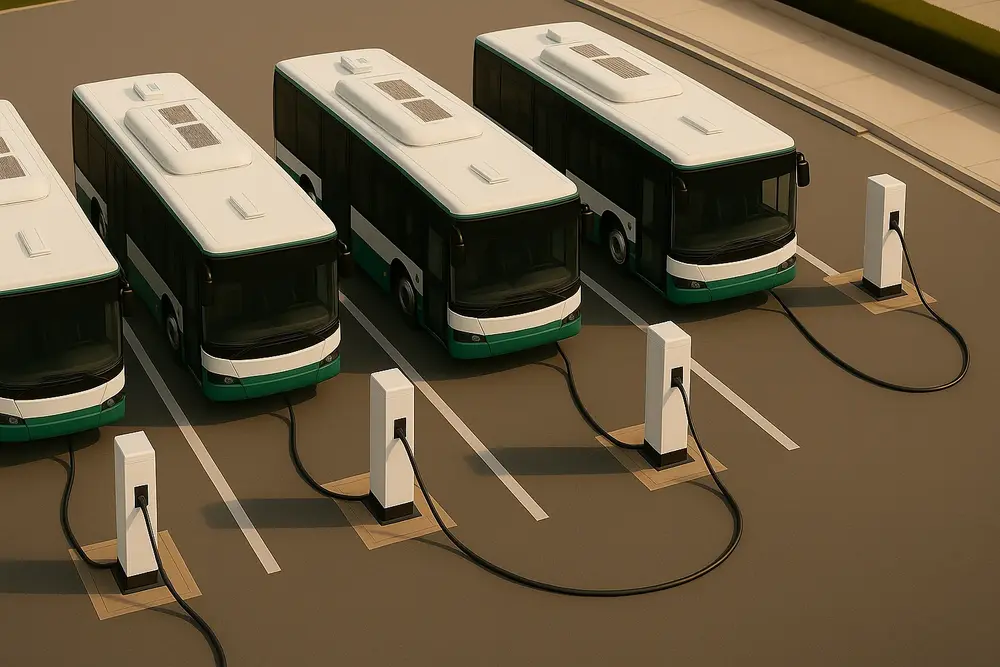
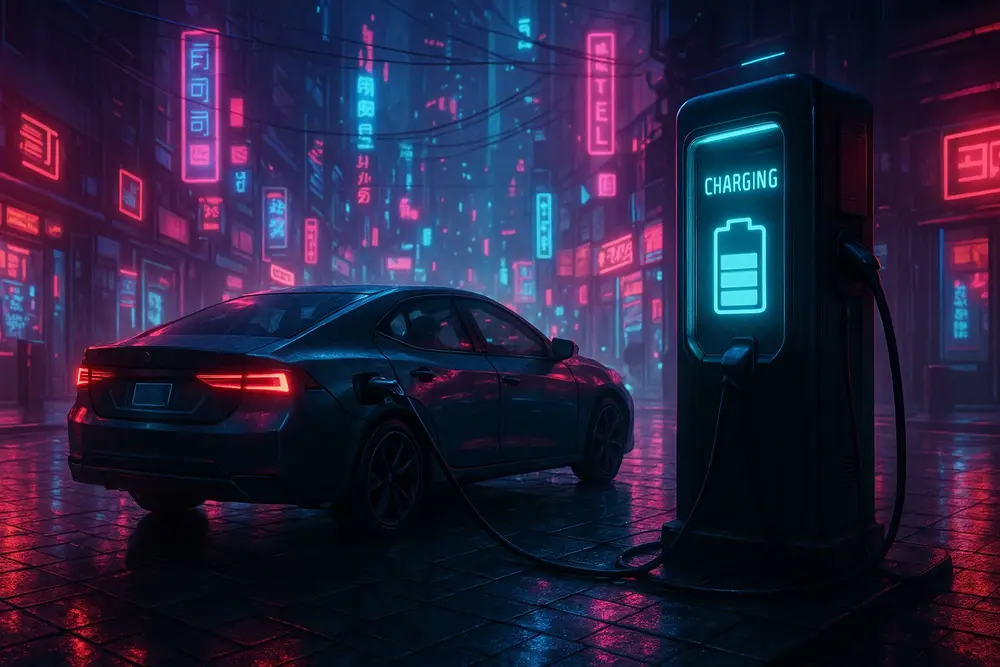
![How to Make Smart Investments in DC Fast Charging Stations [2025 Edition]](https://www.pilotenergystorage.com/wp-content/uploads/2025/07/tuwl5-9o8ye.webp)
